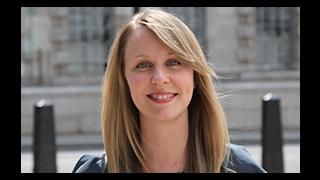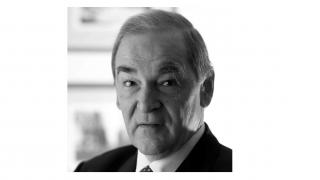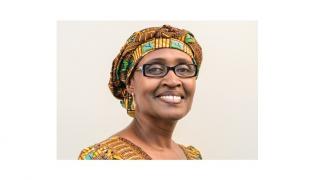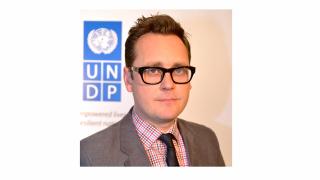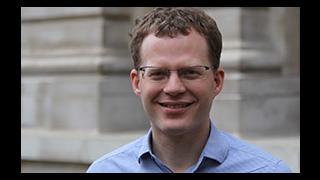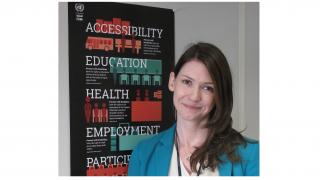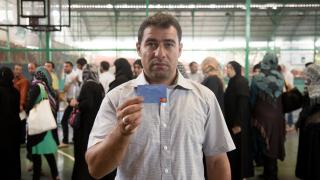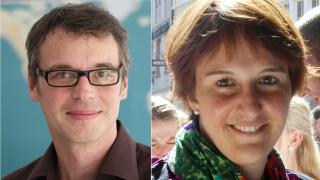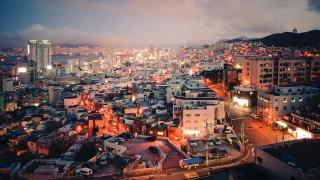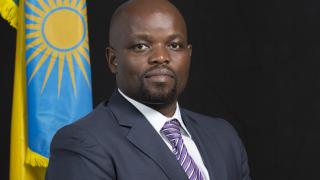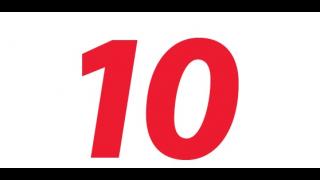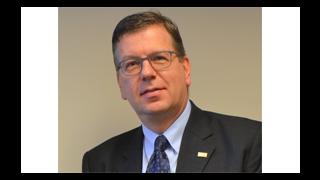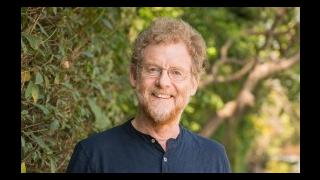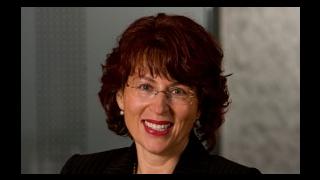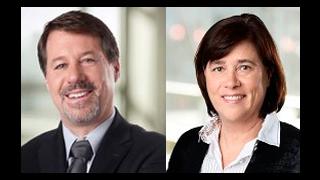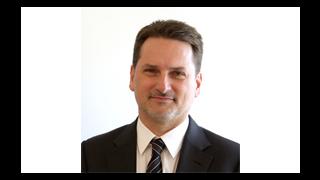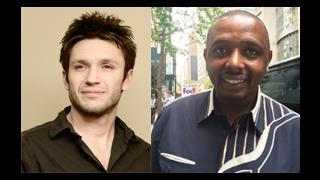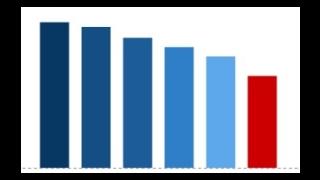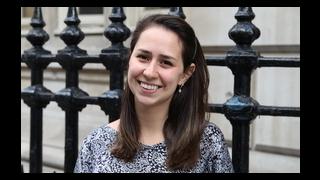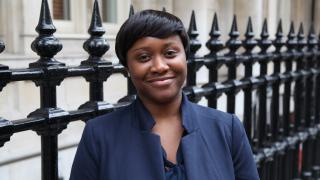
This year we celebrate the UN’s 70th anniversary. The date calls for reflection on the UN’s past accomplishments and shortcomings, as well as the challenges ahead. One major topic on this year’s agenda is development.
In September, the UN’s Sustainable Development Goals (SDGs) will be presented at General Assembly as the replacement to the Millennium Development Goals (MDGs) established in 2000.
The essential task now at hand is to ensure that this project will benefit from a legitimate and effective focus on implementation. This must of course take into account both the financial requirements and the national environments in which they will apply. How to establish better accountability mechanisms and monitoring of results this time around needs to be a major component of the plan.
The first step in the right direction has already been taken with the drafting process. The creation of the Open Working Group for example, with members representing 70 nations has made the planning of the SDGs a much more inclusive and reflective project than its predecessor.
Equally important as the drafting would be the next step of implementation, but there has been limited guidance from the UN as to how member states can approach the newly formulated 17 goals. Previous criticisms of the MDGs spoke of the challenges of placing high expectations on targets that relied heavily on potentially weak delivery systems. What can be done to overcome these implementation barriers?
Among the experts, there has been discussion of two mechanisms which can help encourage the implementation and oversight of the SDGs nationally.
The first is the potential for a development version of the Universal Periodic Review system hosted by the High-Level Political Forum on Sustainable Development. Proponents of this idea base their model on the existing Universal Periodic Review mechanism in the Human Rights Council, by which every UN member state has its human rights record assessed every four years. The benefit of creating a similar model for the SDGs would be for governments to evaluate each other’s progress and to receive external recommendations on how to increase performance.
Another model from the human rights field that could provide further focus on improving performance at the country-level are the national human rights institutions (NHRI). NHRIs, like the Equality and Human Rights Commission, are bodies established by governments to act independently and monitor national progress on human rights. This is a mechanism that should be further explored in the SDGs context. A formulation of expert groups could advise their governments on how to approach their international commitments and in this way would provide for a smoother transition into the SDGs.
In particular, new areas such as that of Goal 11, which is concerned with development and sustainability in the urban environment, require careful reflection by each member state on how their policies will be coherent to their obligations for the course of their commitment.
Creativity and expertise are in good supply in every nation. But better coordination is needed between the UN level and national environments. By reflecting on how accountability mechanisms have performed in the past, we can aim for greater cohesiveness this time around and ensure that the next 15 years deliver real progress.
Fernanda Munhoz is a Membership Administration Intern at UNA-UK

